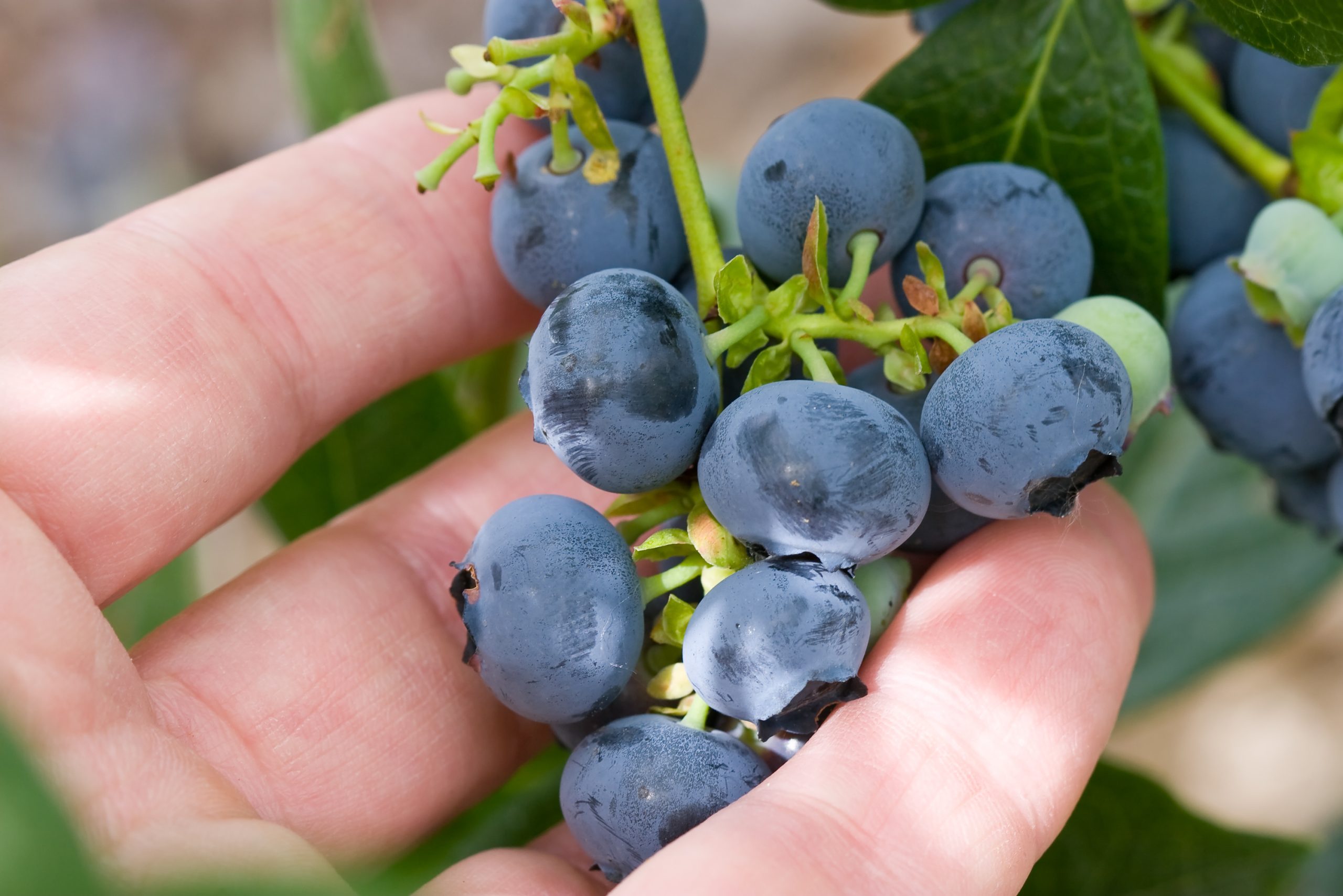A different season for the Southern blueberry industry
By Betina Ernst, agronomist.
The 2023-24 Southern blueberry season that has just ended evolved differently from previous seasons. This was not initially foreseeable, so there was uncertainty during most of the season. The El Niño phenomenon had the greatest impact, meaning that Peru had practically no winter and thus, virtually no chilling hours. This altered crop cycles with early varieties, especially Ventura. This is an otherwise successful variety, which had great expansion in Peru, contributing one-third of exports in 2022-23.
As a result, during the first part of the season, Peru exported much less than expected. By the beginning of November, it had shipped 40% less than the previous year. However, by mid-November, the situation began to reverse.
Peru gradually recovered its usual shipping rhythm, and even during the last months (January to March), it exported much more than in other years. The problems that arose were not only these climate changes, but also the difficulty to prevent, anticipate, and program shipments in the medium and long term.
On the other hand, markets demanded blueberries and lacked the large Southern blueberry shipments they were used to receiving from October onwards. Therefore, they looked for alternative suppliers.
Chile, South Africa, Argentina, and Uruguay took advantage of this favorable situation, although they were unable to make up for Peru’s absence. Production cannot be expanded from one day to the next. Weather was not always the desired one either; rain and cold delayed ripening. The result was a shortage of markets and attractive prices.
But the second part of the season also had its surprises, developing differently than expected. Normally, Chile dominates from January to February, being complemented by smaller suppliers. But this year Peru did not behave as a minor supplier, continuing to ship significant quantities during the first months of the new year. Markets soon became oversupplied and, consequently, prices fell, making them unattractive.
Peru ended the season with 224,000 tons exported, 22% less year-on-year. This volume represented two-thirds of the total exported by the southern hemisphere. Chile followed with 86,000 tons, similar to the previous year. It contributed 25% of the region’s total.
In South Africa, the weather also prevented volumes from reaching the previous year’s levels. It exported 21,000 tons, 12% less than in 2022-23. Argentina, Colombia, and Uruguay, although smaller suppliers, were able to take advantage of the market window and increase their shipments. Argentina exported 6,400 tons, +50% over 2022-23; Colombia 420 tons, +54%; and Uruguay 320 tons, +70%.
15.05.24
Source: Freshfruitportal.com







